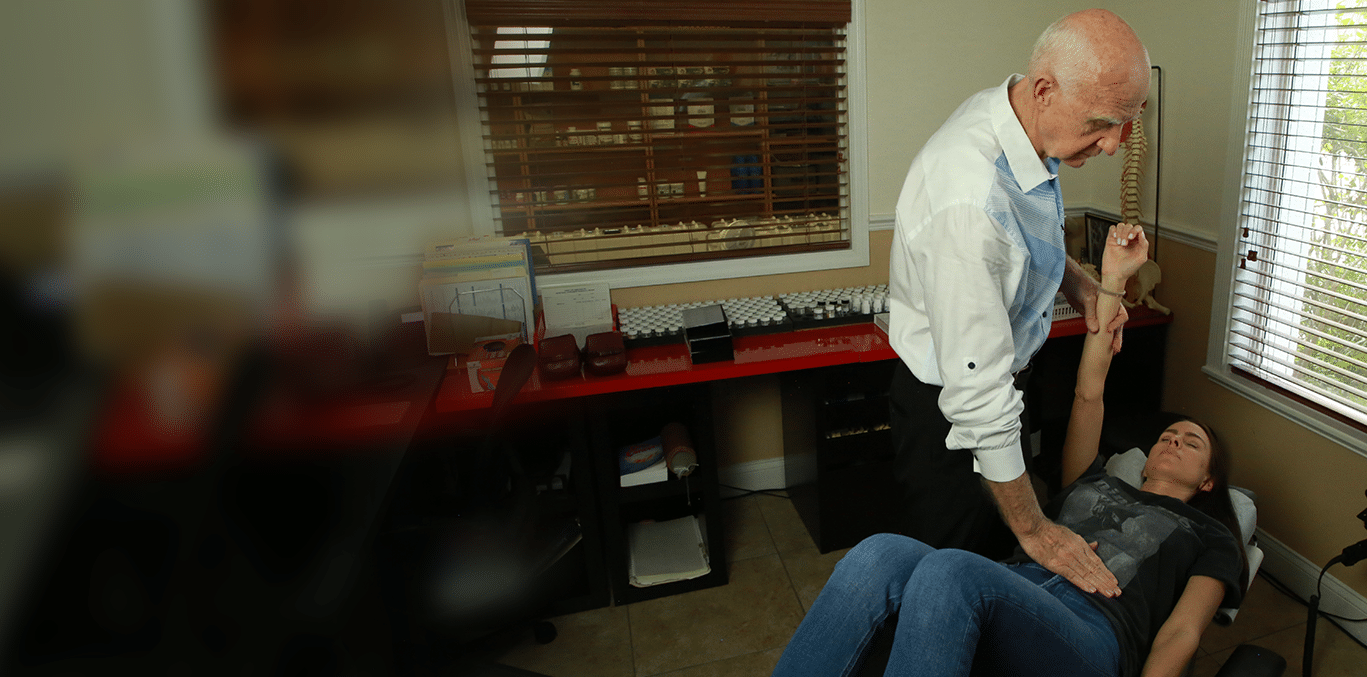June 13, 2023
Have you ever experienced pain in one part of your body that seems unrelated to the actual source? That vague discomfort you’re feeling is known as referred pain. Referred pain occurs when pain is perceived in a different area of the body than where the underlying problem or injury actually exists.
Where Does Referred Pain Occur?
Referred pain has a mischievous way of tricking our brains, causing us to perceive pain in areas that are seemingly disconnected from the source. The location of referred pain depends on the specific condition or injury. For example, problems in internal organs can often lead to referred pain felt in distant parts of the body. A heart attack can cause pain in the left arm or jaw, while issues with the gallbladder can result in pain radiating to the right shoulder or upper back.
Similarly, an irritated muscle knot in the neck might cause head or arm pain. Nerve compression can also be a culprit, where a compressed nerve in the lower back may send pain signals down the leg, resulting in what is commonly known as sciatica.
What Causes Referred Pain?
The mechanisms behind referred pain are not yet fully understood, but several theories attempt to explain this intriguing phenomenon. The most widely accepted theory suggests that referred pain occurs due to the spinal cord’s convergence of sensory nerve fibers.
When a problem or injury occurs in a specific area, the pain signals get “crossed wires.” The brain mistakenly interprets them as originating from a different region connected to the same nerve pathway. This confusion can lead to pain sensations being felt in unexpected areas.
Symptoms of Referred Pain
Referred pain symptoms can vary depending on the underlying cause and the specific area where you feel the pain. Here are some common characteristics and manifestations of referred pain:
- Location discrepancy
- Radiating or spreading sensation
- Vague or diffuse discomfort
- Associated with specific movements or activities
- Has accompanying symptoms related to the underlying condition
How Is Referred Pain Diagnosed?
Diagnosing referred pain can be challenging since the source of pain and the area where it is felt differ. Healthcare professionals use various methods to identify and treat referred pain.
They start with a detailed discussion with the patient about their symptoms, including the location, intensity, and any factors that worsen or alleviate the pain. This is followed by a thorough physical examination, which includes palpation, range of motion tests, and specific tests to provoke or reproduce the pain.
In some cases, additional diagnostic tests such as X-rays, MRIs, or CT scans may be conducted to rule out other possible causes and provide further insights into the underlying condition.
How to Treat Referred Pain
Treating referred pain involves addressing the underlying cause rather than just the area where the pain is felt. Targeted treatment focuses on resolving the primary source of pain, such as managing the underlying organ dysfunction or decompressing compressed nerves. This approach helps alleviate referred pain by tackling the root issue.
Chiropractic Treatment for Referred Pain
Chiropractic care can be a practical approach for managing referred pain, especially if it’s musculoskeletal in nature. Chiropractors focus on the relationship between the spine, nervous, and musculoskeletal systems, aiming to restore proper alignment and function.
Here are some common approaches chiropractors take to treat referred pain:
- Spinal adjustments – Chiropractors perform adjustments or manipulations to address misalignments or subluxations in the spine. Adjustments aim to alleviate and improve overall nervous system function, helping to reduce referred pain associated with spinal conditions and nerve compression.
- Soft tissue therapy – Massage, myofascial release, and trigger point therapy can alleviate muscle tension and tightness, minimizing referred pain from muscular sources.
- Physical therapy exercises – Your chiropractor may prescribe specific exercises and stretches to improve strength, flexibility, and posture. These exercises can help correct imbalances, relieve pressure on affected nerves, and promote healing.
- Lifestyle and ergonomic advice – Ergonomics modifications and lifestyle changes can minimize aggravating factors and promote overall spinal health. This may include recommendations on proper posture, ergonomics at work, exercise routines, and strategies for pain management.
Contact Our Experienced Clearwater Chiropractor Today!
Whether you’re experiencing it firsthand or seeking to broaden your knowledge, remember that referred pain can be tricky, and with the right approach, relief and improved well-being are within reach.
Don’t wait any longer to start living a better life! Call 727-447-4647 or contact Family Life Chiropractic today to schedule your first appointment. Our chiropractors, Dr. Jere and Dr. Philip, and their team of experts can help you find the root cause of your pain and provide you with personalized care that suits your needs.
About the Author: With four decades of combined experience, Dr. Jere Jarrett and Dr. Philip Toft are highly educated and experienced chiropractors who serve Clearwater, FL, and the surrounding areas. They take a “whole-body” approach to chiropractic care, looking for the underlying cause of pain and discomfort instead of treating symptoms. Call 727-447-4647 to schedule an appointment.
